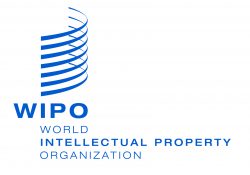Statement of KEI to the 2012 WIPO General Assembly: Agenda item 26: Report on the work of the SCCR
4 October 2012
Agenda item 26: Report on the Work of the Standing Committee on Copyright and Related Rights (SCCR)
Statement of Knowledge Ecology International
WIPO General Assembly 2012
